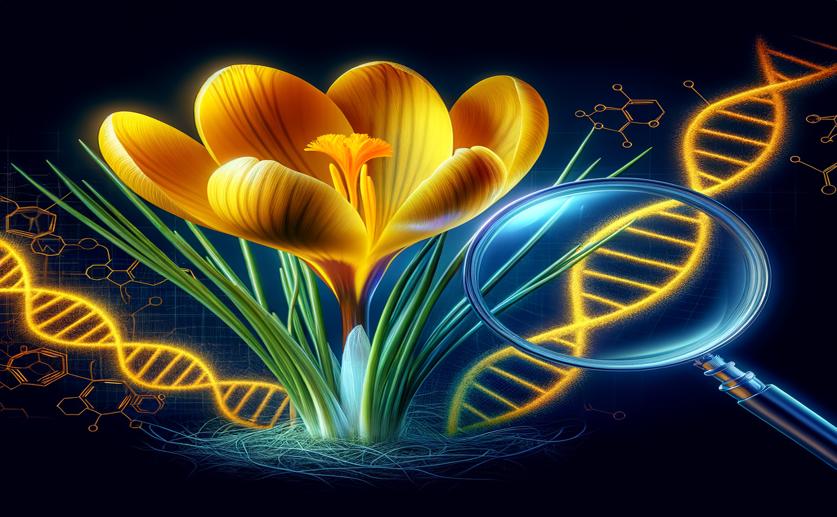
Exploring the Biochemical Secrets of Saffron in Yellow Crocuses
Greg Howard
8th May, 2024

Image Source: Natural Science News, 2024
Key Findings
- Scientists found yellow-tepal crocuses can produce saffron-like compounds
- These compounds include crocins and flavonoids, useful in health and industry
- This discovery could offer a sustainable alternative to traditional saffron farming
References
Main Study
1) Metabolomic and transcriptomic analyses of yellow-flowered crocuses to infer alternative sources of saffron metabolites.
Published 7th May, 2024
Journal: BMC plant biology
Issue: Vol 24, Issue 1, May 2024
Related Studies
2) UGT709G1: a novel uridine diphosphate glycosyltransferase involved in the biosynthesis of picrocrocin, the precursor of safranal in saffron (Crocus sativus).
3) Petals of Crocus sativus L. as a potential source of the antioxidants crocin and kaempferol.
4) Saffron and retina: neuroprotection and pharmacokinetics.
5) Cancer chemopreventive and tumoricidal properties of saffron (Crocus sativus L.).
Journal: Experimental biology and medicine (Maywood, N.J.), Issue: Vol 227, Issue 1, Jan 2002



 2nd May, 2024 | Jim Crocker
2nd May, 2024 | Jim Crocker